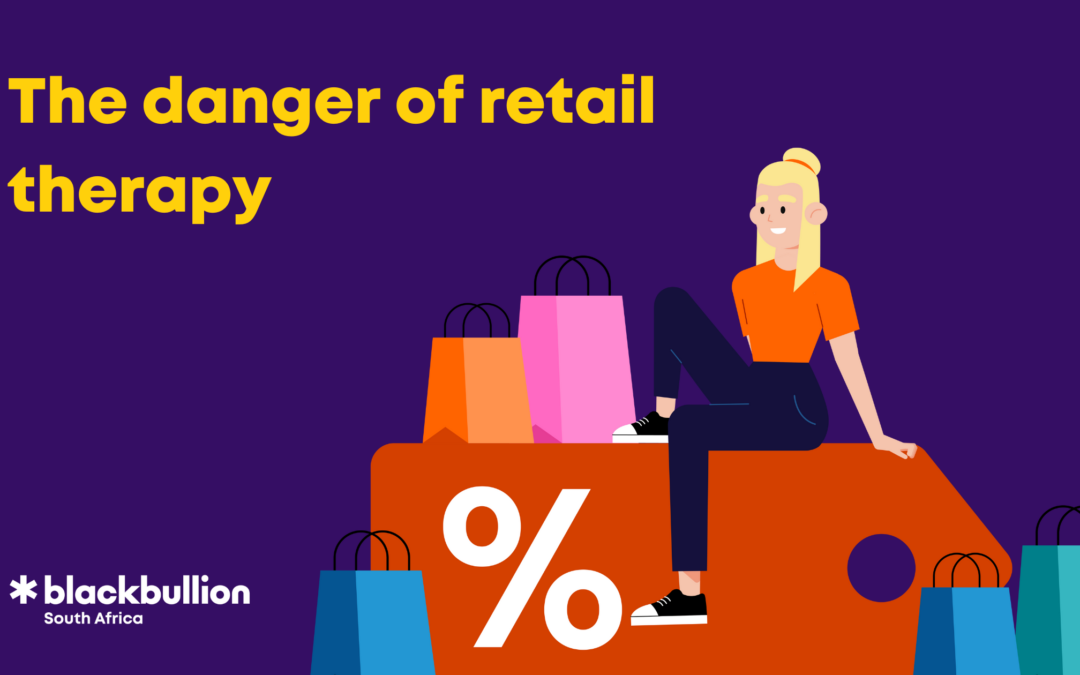Adulting can be a challenging gauntlet of ongoing problems, from managing studies and work pressure to balancing finances and dealing with relationship drama. Each of us handles these challenges differently, but for some, the solution is rushing to the nearest shopping center and engaging in retail therapy.
Retail therapy is the act of excessive shopping and spending as a way to lift one’s mood or alleviate stress. While that new pair of Jordans may provide temporary relief, there are several dangers associated with this behavior.
One of the main dangers of retail therapy is the potential for overspending and credit abuse. When feeling down or stressed, it can be easy to justify making lavish purchases that we don’t really need or can afford at the moment. This behavior can lead to financial problems down the line, including debt, late fees, and damage to your credit score. Retail cards often have interest rates as high as 17%, which means any debt incurred can quickly spiral out of control.
Another danger of retail therapy is the impact it can have on our mental health. While shopping may provide a temporary mood boost, it can also become a crutch for dealing with underlying issues like depression, anxiety, or low self-esteem. If we rely on swiping our cards to feel better, we may not address the root causes of our emotional distress, leading to a cycle of dependency and continued unhappiness. All while accumulating debt.
While retail therapy may provide temporary relief and serve as a mood boost, it is important to be mindful of our spending habits and find healthy ways to cope with stress and emotional distress, such as exercise, meditation, reading, or spending time with loved ones.
So, the next time you consider swiping that retail card and engaging in retail therapy, take a moment to reflect on your spending habits and find healthier ways to deal with stress.
